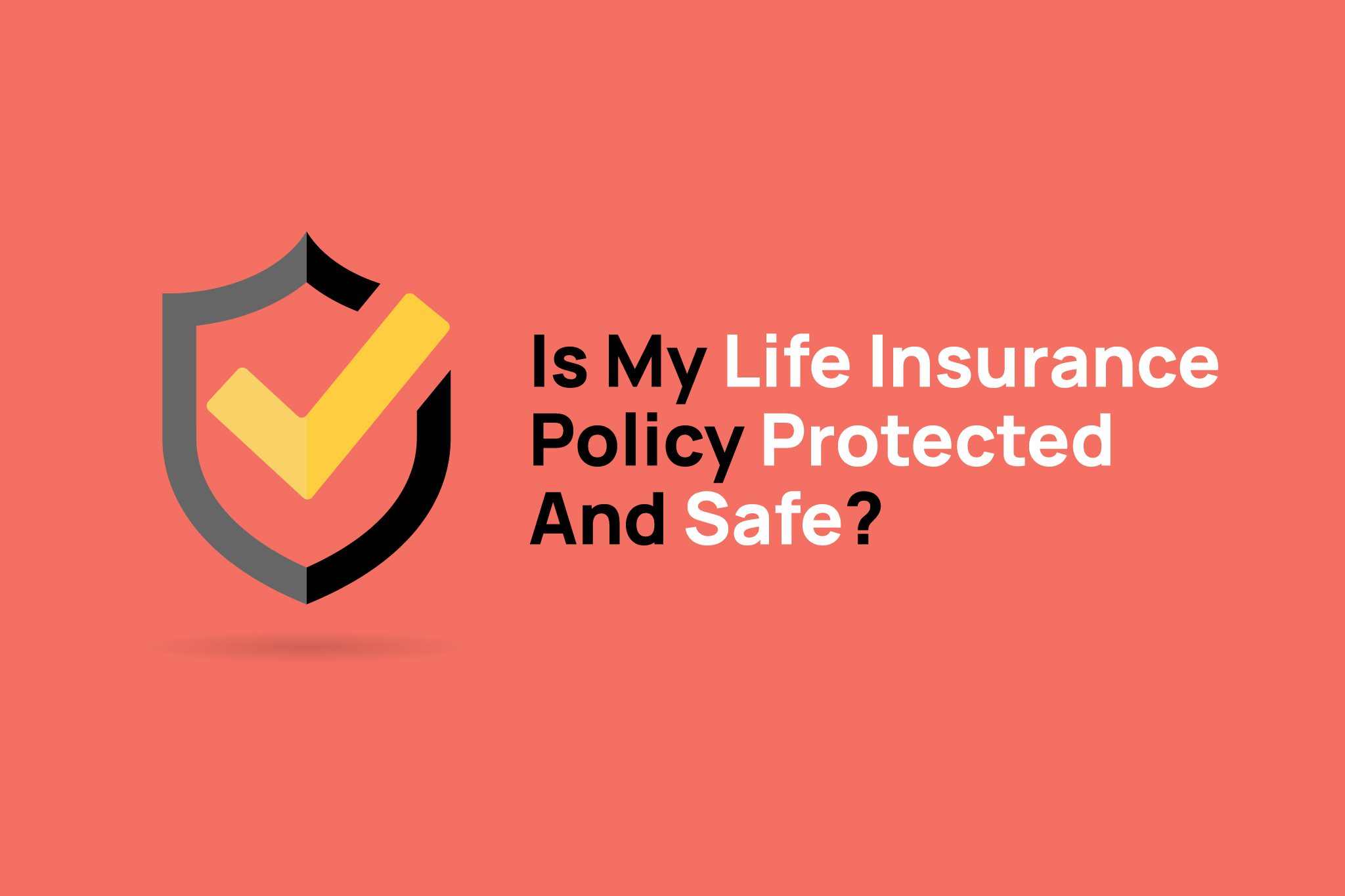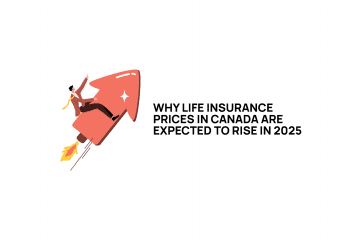Canadian life insurance companies are known as staid, traditional and safe – for very good reason. There are multiple levels of industry-wide financial mechanisms in place to ensure that your life insurance policies are there when you die. The circumstances that would be required to create a situation where your life insurance policy doesn’t pay out almost seem to require a collapse of our entire financial system – not likely.
Of note, the following safety measures are applicable to all Canadian life insurance companies – big and small.
Foundation #1 – Reserves
The first stage in our protection of your life insurance policy is mostly life insurance companies being required to have enough money on hand to pay death claims. Government regulators require, by law, that life insurance companies have enough funds available now, and in the future, to pay your life insurance claim. They do this through two mechanisms.
First, life insurance companies must have adequate savings, known as ‘reserves’. The companies must estimate future death claims, and further, estimate having enough cash on hand to pay those future death claims. That estimate translates into savings they are required to maintain. The math behind these calculations are complex and performed by actuarial systems, but they are monitored and dictated by the government regulators.
Secondly, those reserves must be placed in investment types that are generally fairly conservative. A life insurance company can’t simply invest these reserves into something speculative in the hopes that they’ll earn a great return. Regulators require that they be invested in investment types that will ensure that the money is there for you come claim time.
Regulators also require that these reserves be stress tested regularly, to ensure that they’re performing at the required safety levels.
In fact, these reserve requirements are often high enough that they can exceed the profit margin on your policy in the early years of your policy. In other words, when you purchase a life insurance policy it can actually cost a life insurance company money; after they pay commissions, underwriting and medical costs and the rest of the startup costs, they can still be required to fund your policy by placing additional money into a reserve. This results in life insurance companies not being able to sell unlimited policies in short order – too many life insurance sales can potentially require them to start setting aside money into policy reserves and leave them without cash.
It’s a Canadian pastime to criticise the government, but when it comes to life insurance regulators we should be very proud of the work they do to guarantee that our life insurance policies are the safest in the world.

Foundation #2: Re-insurance
The practice of reinsurance is a bit technical, but has a direct impact on the safety of your life insurance policy.
A re-insurance company is a life insurance company that buys a portion of your death benefit risk from the life insurance company, in exchange for a share of your premiums. Consumers don’t typically see this transaction, it’s behind the scenes and reinsurance companies are often large international monolithic companies with broad experience in the industry. Some of them are even bigger than some Canadian life insurance companies.
Here’s how it works. You pay $100 for a $100,000 life insurance policy. The life insurance company shares $50 of that premium to a reinsurance company, in exchange the reinsurance company agrees to pay $50,000 of your death claim.
Now if you look at this, you probably won’t see the benefit immediately. The life insurance company has made $50 on a $50,000 life insurance policy, as has the reinsurer. The amount of money they made is the same. So, what’s the point? The benefits, and the safety, come about not in the expected death benefit claims, but instead in the variation.
Lets look at two of those policies now – the life insurance company transfers half of the $200 (so, $100) and is on the hook for half of the $200,000 death claims (so, $100,000). That looks like the same thing as one $100,000 policy – but importantly, it’s not.
What’s changed with the two policies is the variation in claims. Instead of having a single year over your lifetime of having to pay out $100,000 all at once, they are now paying out two $50,000 claims, probably not all in the same year. The claims are now much more spread out. Instead of one large bump in payouts, there’s two bumps at different times that are half the size.
That decrease in variation allows for much better planning, better investment strategies, and much more stable life insurance companies overall. This process is complex and done by actuaries, but the math behind it boils down to keeping your life insurance policy safer than ever, through having much more stable life insurance companies that have a steady stream of outgoing death claims instead of huge yearly spikes.
Foundation 3 – Assuris
All Canadian life insurance companies that sell life insurance are required by law to belong to an association known as Assuris (LINK TO ASSURIS).
Assuris provides guarantees for your life insurance policy should your life insurance company fail and not be able to pay your death claim. The MINIMUM guarantee is $200,000 of life insurance, or 85% of your death benefit – whichever is higher!
That guarantee is backed by all members of Assuris – in other words, all the other life insurance companies in Canada. If the company you choose should fail just when you die, and there’s no money to pay your death claim, every other life insurance company in Canada (all the big ones, all the small ones, everyone in between) is on the hook for that minimum guarantee.
So the only way you wouldn’t be paid that minimum, would be if every other life insurance company in Canada is unable to back that guarantee. We guess that’s technically possible, but if every life company has failed to that point, then we likely have bigger problems than thinking about a death claim.

Foundation 4 – More government oversight
Governments monitor life insurance company operations on a regular basis – as often as quarterly. There’s a variety of fairly technical calculations they do to ensure stability, but the boil down to looking at two things – if we wrap up the life insurance company today, do they have enough assets to pay future death claims? And, if we wrap up the life insurance company in the future,will there be enough assets to pay future death claims at that point in time?
If the answer to those questions is a bit shakey, the regulators fire off a warning letter to the insurance company telling them to figure it out immediately. This isn’t speculative, regulators have done this in the past.
Now, not to fear. The regulators don’t do this when a company’s at death’s doorstep. They do it long before that time – while a company is still strong and viable. A very rough rule of thumb (not exact, but close enough for illustrative purposes) would be the regulators looking to warn a life insurance company when they have 125% to 150% worth of assets for every $1 in future life insurance claims. Yes, the minimum requirement is to have more than enough funds to pay your life insurance policy. This measurement is called Minimum Continuing Capital and Surplus requirements. The government now uses other measures in addition to this one, but it’s a good metric in the sense that we can easily see that our life insurance policies are safe.
And should a life insurance company not be able to take corrective action that’s effective enough for the regulator’s liking, the regulators have the ability to take control of Canadian life insurance companies in order to ensure that your life insurance policy is maintained.
Get a free quote
Foundation 5 – In practice
All of the above measures should provide overwhelming reassurance that our life insurance policies are solid and even overprotected from concern. However in practice you’re unlikely to see any of these measures put in place for your life insurance policies.
Like you, life insurance companies are directly concerned with public perception around stability of the industry. Any of the above measures being enacted can result in shaking consumer confidence for every company in the industry.
Therefore, while this is not regulated, what happens in practice, long before any Assuris or regulator intervention happens, is that other companies will notice that a particular company maybe isn’t as strong as they’d like. In that situation, another life insurance company will generally step up and buy the other company out – taking over the policies and obligations of the weaker company. The result is that your life insurance policy simply ends up untouched, but now with a larger company. No intervention, now threats or tendency towards potential inability to pay a claim. The problem simply disappears before it even could become a concern. And this isn’t just the industry self-serving itself over consumer confidence. There’s an active appetite to grow life insurance companies through the acquisition of other blocks of business, and buying out a life insurance company is a very good way to do that. So rather than a company that gives any appearance of weakening being a problem, the industry sees it as an opportunity for growth, at the same time as they’re making sure your life insurance policy is protected and safe.
The end result? There’s a good reason life insurance companies in Canada are considered amongst the safest in the world. They’re well protected through government intervention, industry guarantees, and industry practices to ensure that should you pass away, that your death benefit will be paid to your beneficiaries.
If you would like to learn more about life insurance safety measures you can always reach out to us or book a call with one of our life insurance specialists.




